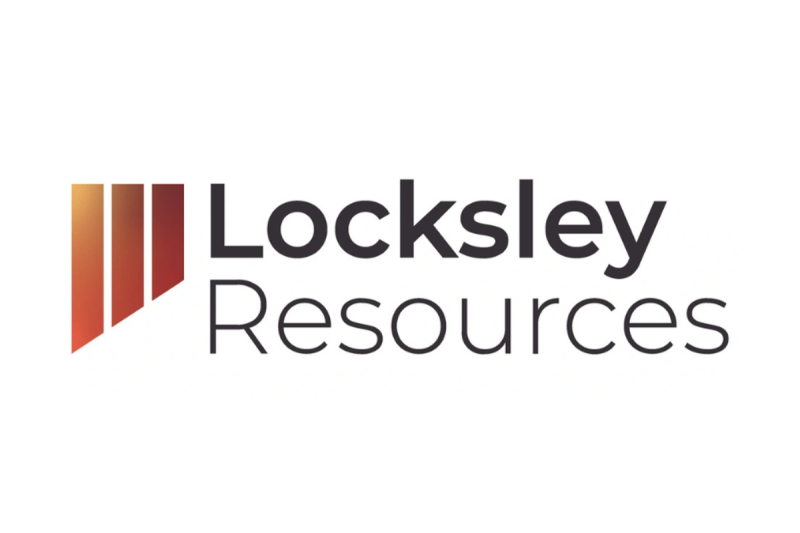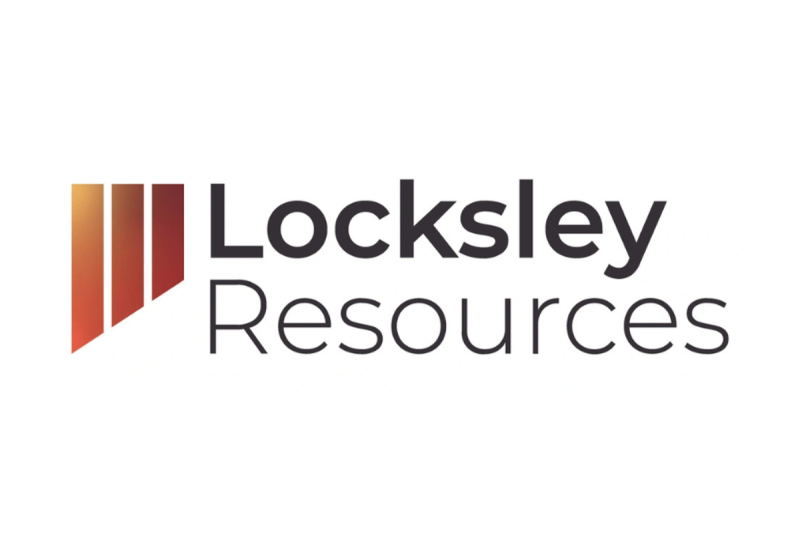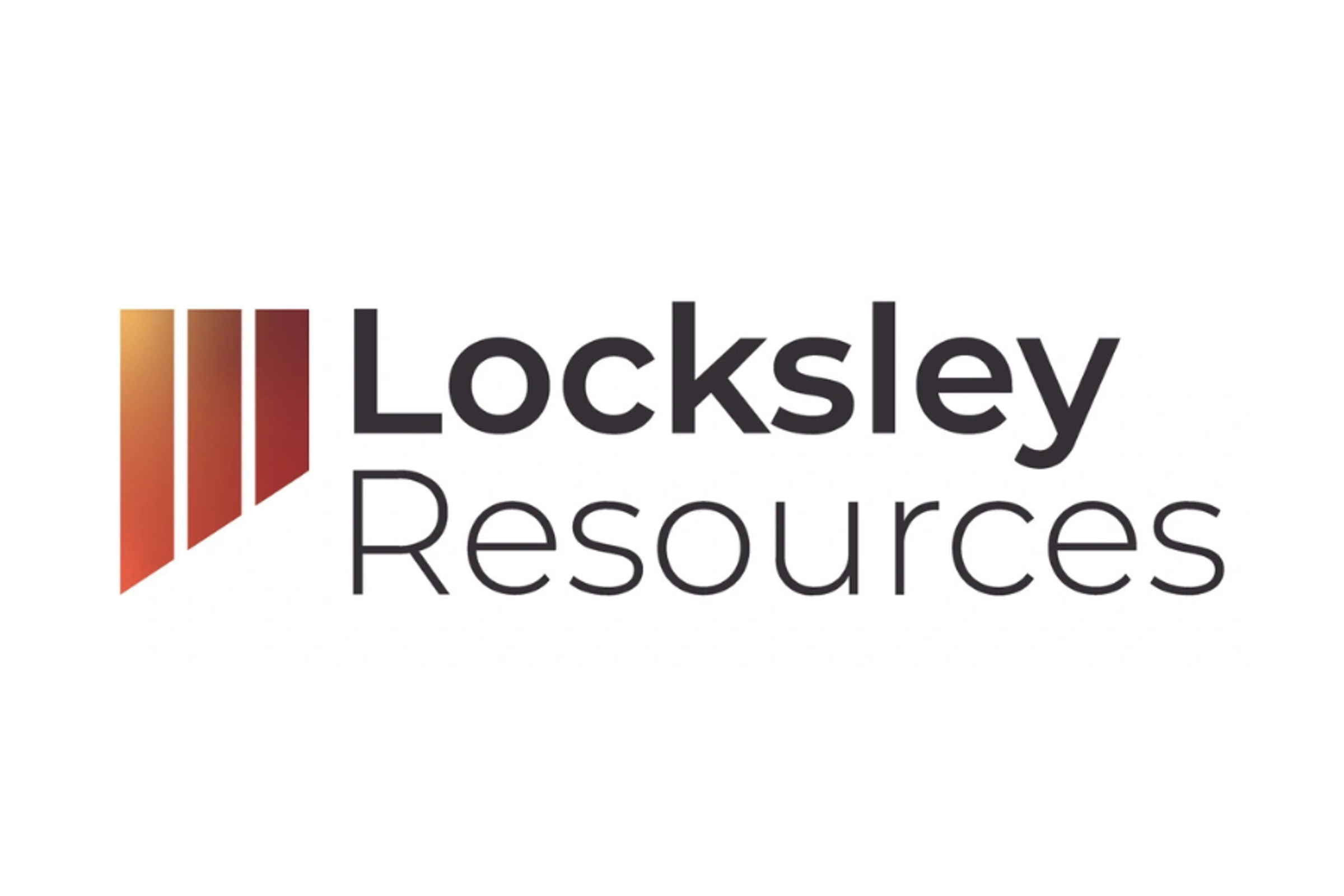Locksley Resources LimitedColumbia Partnership Accelerates US REE Processing Strategy



HIGHLIGHTS
– Locksley Resources enters into a Sponsored Research Agreement with Columbia University to develop advanced, sustainable processing technologies for Rare Earth Elements (REE) and critical metal recovery
– Research will integrate AI-driven ore characterisation, innovative electrochemical recovery, and CO2 assisted mineral processing to address limitations of traditional, non-U.S. processing methods
– Program complements Locksley’s existing green DeepSolv(TM) antimony processing partnership with Rice University, establishing a unified, dual-commodity U.S. technology development strategy
– Techno-Economic Assessment (TEA) and Life-Cycle Analysis (LCA) will underpin recommendations for scalable, low-impact pilot pathways in the U.S.
– Research focus areas align directly with critical funding mandates from the Department of Energy’s (DOE) recent US$355 million funding announcement. Including the US$80 million ‘Mine of the Future – Proving Ground’ initiative, supporting development, processing innovation, and sustainable mining technologies
The research program will be led by Professor Greeshma Gadikota, Director of the LenfestCentre for Sustainable Energy at Columbia University and a leading researcher in electrochemical and CO assisted mineral processing technologies.
Professor Greeshma Gadikota, Principal Investigator at Columbia University, commented:
‘Our team is excited to collaborate with Locksley Resources on developing scalable, low impact pathways for rare earth recovery. The combination of advanced electrochemical science, Artificial Intelligence (AI) assisted resource mapping, and industry aligned pilot design, offers a transformative route toward sustainable critical minerals production in the U.S.’
Program Overview
The collaboration will develop an integrated technology platform for the advanced characterisation, recovery, and separation of REEs and transition metals from carbonatite, monazite, and silicate ores within the Clark Mountain District, the geological district that hosts both the El Campo Prospect and the adjacent Mountain Pass Mine.
The project includes three principal aims:
– Characterisation of Ores: Detailed mineralogical, compositional, and morphological studies of REE-bearing ores using advanced spectroscopy and microscopy to inform processing design.
– Technology Development: Creation of tuneable electrochemical and CO2 assisted leaching systems for >80% dissolution efficiency, followed by pH-swing and sorbentbased selective recovery of REEs and co-metals.
– Field Deployment Strategy: Integration of TEA and LCA to identify scalable, low impact pilot pathways for mine-to-material deployment.
Columbia will also utilise AI-enabled ore mapping and low impact mining technologies, including selective trenching systems, autonomous precision cutters, and AI-driven rock recognition, to evaluate novel ‘Mines of the Future’ concepts under active U.S. Department of Energy and ARPA-E frameworks.
Locksley will advance project funding of US$150,000 over the next 12 months to support the development of the intellectual property under the Agreement.
Strategic Importance
This collaboration expands Locksley’s established U.S technology platform alongside Rice University’s DeepSolv DES processing program, broadening the Company’s U.S. university partnerships to encompass both antimony and rare earth elements, two critical minerals central to American supply chain independence.
This strategic positioning is further strengthened by the recent DOE’s US$355 million funding announcement supporting domestic critical minerals production, sustainable mining technologies, and pilot-scale processing development. Many of Columbia program’s key research workstreams, including electrochemical extraction, AI-enabled ore mapping, and TEA/LCA frameworks are directly aligned with the objectives of the DOE initiatives.
Together, the Rice and Columbia University programs place Locksley as one of the few Australian-listed groups actively advancing U.S. based critical minerals processing specifically targeting defence, energy storage, and clean technology applications.
The research focus aligns closely with the technical and strategic priorities of several major federally funded U.S. initiatives including:
– DOE, ARPA-E and Office of Fossil Energy Carbon Management
– DoW Defence Production Act Title III
– U.S. Department of Commerce & NSF Critical Minerals and Emerging Technologies Programs
Locksley and Columbia are jointly pursuing DOE and DoW funding pathways for process development and pilot scale demonstration, with Columbia’s track record of commercialisation (via Carbon To Stone and Stone To H2) providing a strong foundation for applied outcomes.
Downstream Processing Integration
The Columbia and Rice University programs together underpin Locksley’s advanced processing strategy in the United States. Rice University’s work on green hydrometallurgical extraction of antimony and advanced energy storage materials directly complements Columbia’s electrochemical recovery of rare earths, creating a unified, dual-pathway platform for American-controlled critical mineral processing.
Kerrie Matthews, Locksley Chief Executive Officer commented:
‘This collaboration with Columbia University expands our U.S. research partnerships into rare earths, complementing our DeepSolv(TM) DES work with Rice University on antimony.
Together, these programs significantly strengthen the technical foundation of our U.S Mineto-Market strategy and broaden our exposure to emerging American developed processing technologies. The alignment of this work with current U.S Government priorities, including the DOE’s recent US$355 million funding initiatives, enhances our ability to engage with suitable programs as we progress towards pilot-scale development. This represents an important step in supporting domestic supply chains for minerals that are essential to defence, electrification, and advanced manufacturing.’
Next Steps
This collaboration now moves into its implementation phase, with several near-term activities scheduled to initiate the technical and commercial workstreams, including:
– Shipment of ore and concentrate samples from the Mojave Project to Columbia for advanced mineralogical and electrochemical analysis.
– First governance meeting between Locksley and Columbia’s research team will take place in November and establish program parameters and IP protocols.
– Joint preparation of applications for suitable DOE and DoW funding initiatives under ARPA-E and Mines of the Future initiatives, supporting pilot scale development and field deployment.
– Monthly meetings will ensure strong alignment between academic research and Locksley’s U.S. mine-to-market commercialisation strategy
About Locksley Resources Limited:
Locksley Resources Limited (ASX:LKY,OTC:LKYRF) (FRA:X5L) (OTCMKTS:LKYRF) is an ASX listed explorer focused on critical minerals in the United States of America. The Company is actively advancing exploration across two key assets: the Mojave Project in California, targeting rare earth elements (REEs) and antimony. Locksley Resources aims to generate shareholder value through strategic exploration, discovery and development in this highly prospective mineral region.
Mojave Project
Located in the Mojave Desert, California, the Mojave Project comprises over 250 claims across two contiguous prospect areas, namely, the North Block/Northeast Block and the El Campo Prospect. The North Block directly abuts claims held by MP Materials, while El Campo lies along strike of the Mountain Pass Mine and is enveloped by MP Materials’ claims, highlighting the strong geological continuity and exploration potential of the project area.
In addition to rare earths, the Mojave Project hosts the historic ‘Desert Antimony Mine’, which last operated in 1937. Despite the United States currently having no domestic antimony production, demand for the metal remains high due to its essential role in defense systems, semiconductors, and metal alloys. With significant surface sample results, the Desert Mine prospect represents one of the highest-grade known antimony occurrences in the U.S.
Locksley’s North American position is further strengthened by rising geopolitical urgency to diversify supply chains away from China, the global leader in both REE & antimony production. With its maiden drilling program planned, the Mojave Project is uniquely positioned to align with U.S. strategic objectives around critical mineral independence and economic security.
Tottenham Project
Locksley’s Australian portfolio comprises the advanced Tottenham Copper-Gold Project in New South Wales, focused on VMS-style mineralisation
Source:
Locksley Resources Limited
Contact:
Kerrie Matthews
Chief Executive Officer
Locksley Resources Limited
T: +61 8 9481 0389
Kerrie@locksleyresources.com.au
News Provided by ABN Newswire via QuoteMedia



